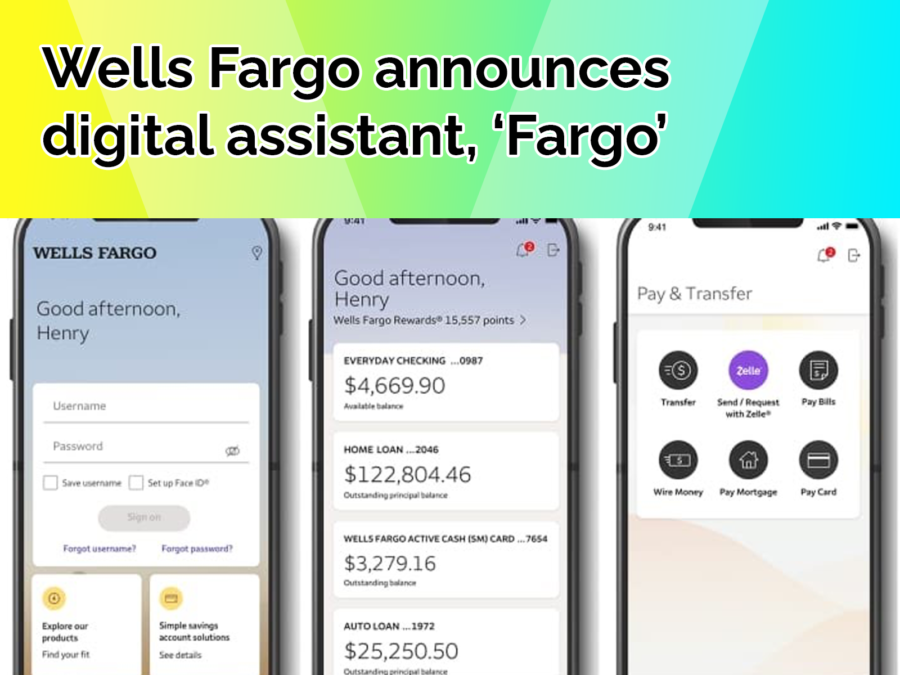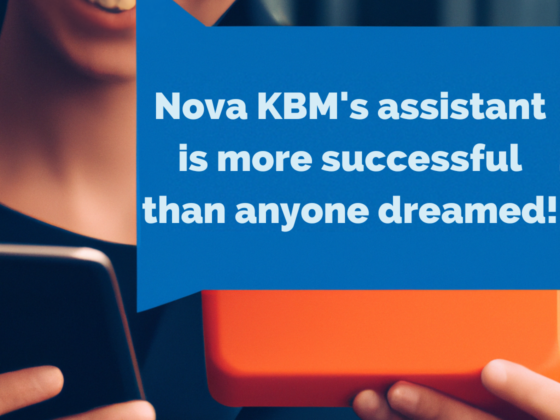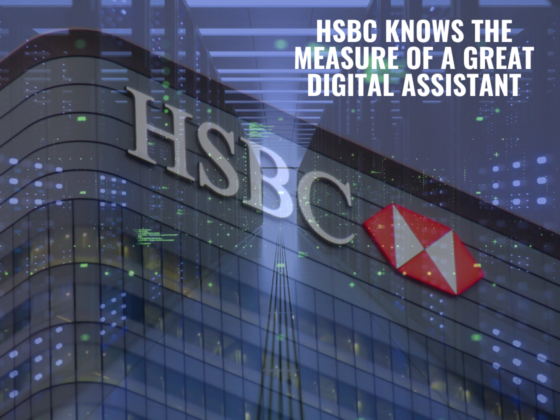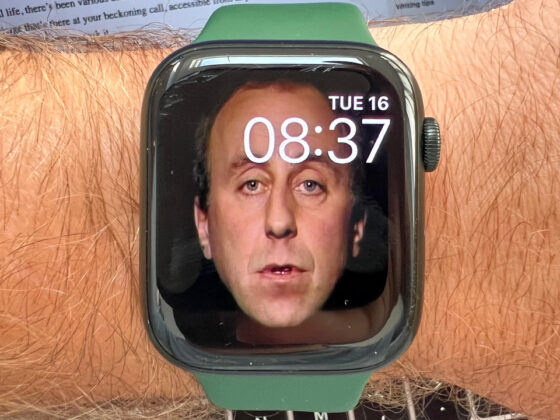Wells Fargo announced that it would be releasing a digital assistant, named ‘Fargo’ as part of its revamped app in 2022.

CNBC reported, after an interview with Wells Fargo Head of Digital, Michelle Moore, that Wells Fargo would be releasing a digital assistant named ‘Fargo’ in 2022. Fargo, is intended to help consumers ‘Go Far’ (Far-go, Go-far, get it?), and will handle the core banking use cases you’d expect from a banking assistant in 2021; including paying bills, sending money, getting transaction details and budgeting advice.
According to Moore, it’s an effort to shift some of its more traditional customers into digital channels.
The independent digital assistant trend in banking
This is one of many digital assistants provided by US consumer banks already. JP Morgan Chase, Bank of America, Capital One and Ally Bank all have public-facing digital assistants running in their respective apps, and some, on platforms such as Amazon Alexa and Google Assistant.
We’ve spoken before about how conversational AI fuels digital transformation efforts and how failing to keep up with changing customer expectations forces companies into taking transformative measures eventually. This, it would seem, is Wells Fargo’s transformative measure.
Keeping pace with the customer experience provided by your competitors is crucial, not just in banking, but in any industry. Digital assistants are the next wave of customer experience elevation and the banks that don’t offer this level of personalised, 24/7 available, helpful assistant are in danger of losing customers, as those customers head in search of more convenient services.
The US banking industry arguably leads the way in independent digital assistants, but this isn’t the only industry investing heavily in personlised AI assistants.
We’ve already saw how the likes of Mercedes creates differentiation with its HeyMercedes digital assistant, and how BMW does the same with its proprietary assistant for the auto industry. We’ve saw how the likes of Walmart and Best Buy have done the same in retail.
Starting your AI digital assistant journey late
For companies like Wells Fargo (and possibly your brand?), launching a digital assistant after your competitors, there’s a lesson to learn.
When you start late, you have a hill to climb in order to provide the base-level of expected services in your assistant. You have to undergo a lot of effort just to catch up.
Fargo isn’t an assistant cobbled together over the last 12 weeks. According to LinkedIn, Moore left Bank of America in 2018, where she was instrumental in bringing Erica to market, and joined Wells Fargo in December 2020. It’s likely that Fargo has been her no. 1 priority since joining. Therefore, as a minimum, it’s taken 10 months to get to the point where Wells Fargo is happy to talk about what they’re working on releasing in 2022. And that’s assuming that no work was done prior to Moore joining, which seems unlikely.
By the time Fargo is released, it’ll have taken at least 14 months’ effort to build.
14 months to build an assistant that provides a base-level of functionality that your competition has already been providing for at least 5 years.
Checking balances, making payments and finding transaction histories are all use cases that Eno (Capital One) has been providing since 2017, and Erica (Bank of America) since 2018.
And while Fargo will launch with this expected capability, in the meantime, Eno is expanding beyond typical conversational channels, into places like email. It’s even moving out of conversational channels entirely, with facilitated secure payments in web browsers. Eno is an all round ‘digital assistant’, not a ‘voice assistant’.
The size of the prize and the importance of AI digital assistants for all industries
For Capital One, Eno has the potential to make existing customers stay and new customers join, and has true transformative potential for the Capital One brand itself.
For some customers, Eno is all they’ll use, and increasingly so future, as Eno expands. If you check your balance by using your voice on Alexa, via Eno, and you send payments using your voice in the app, via Eno; if you buy online, facilitated by Eno, and receive emails with spending summaries from Eno, then at what point does your entire experience of Capital One become simply, Eno?
At what point does the entire Capital One brand become Eno?
We’ve spoken before about how we believe the first touch point for all brands across all channels in future will be an AI. Capital One is already on that road, and Wells Fargo has some catching up to do.
It’s better late than never
And this isn’t unique to banking. Whatever company you work for, whatever industry you’re in, look around. Observe the trends in AI-first customer experiences and ask yourself this question: are you heading in the direction of Eno, defining the future of customer experience?
Or are you trying to follow behind like Fargo? Worse still, are you burying your head in the sand and hoping it’ll pass?




